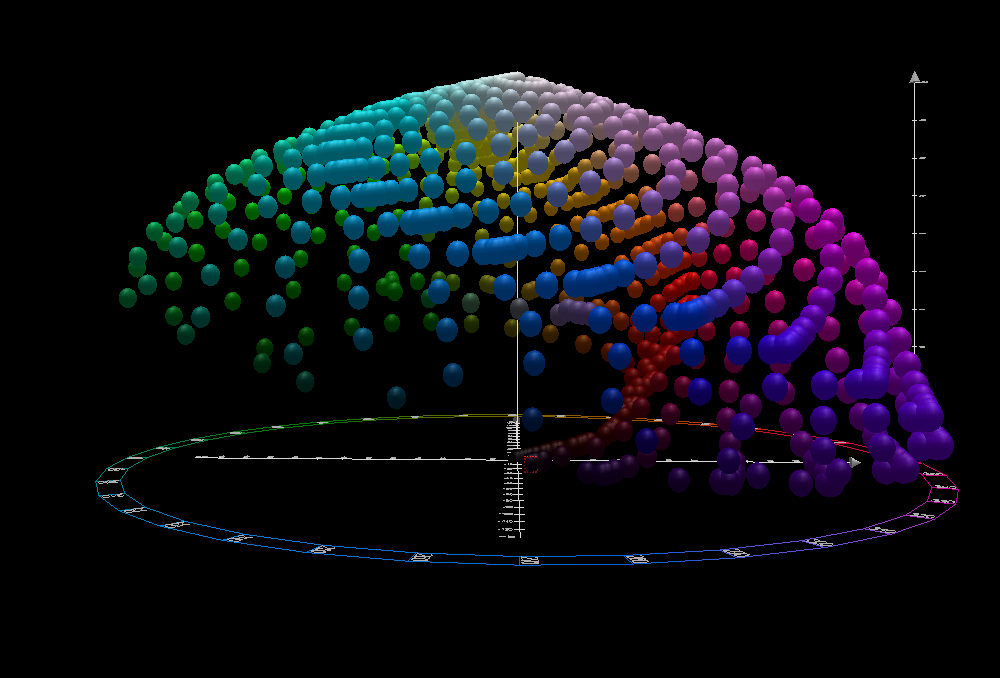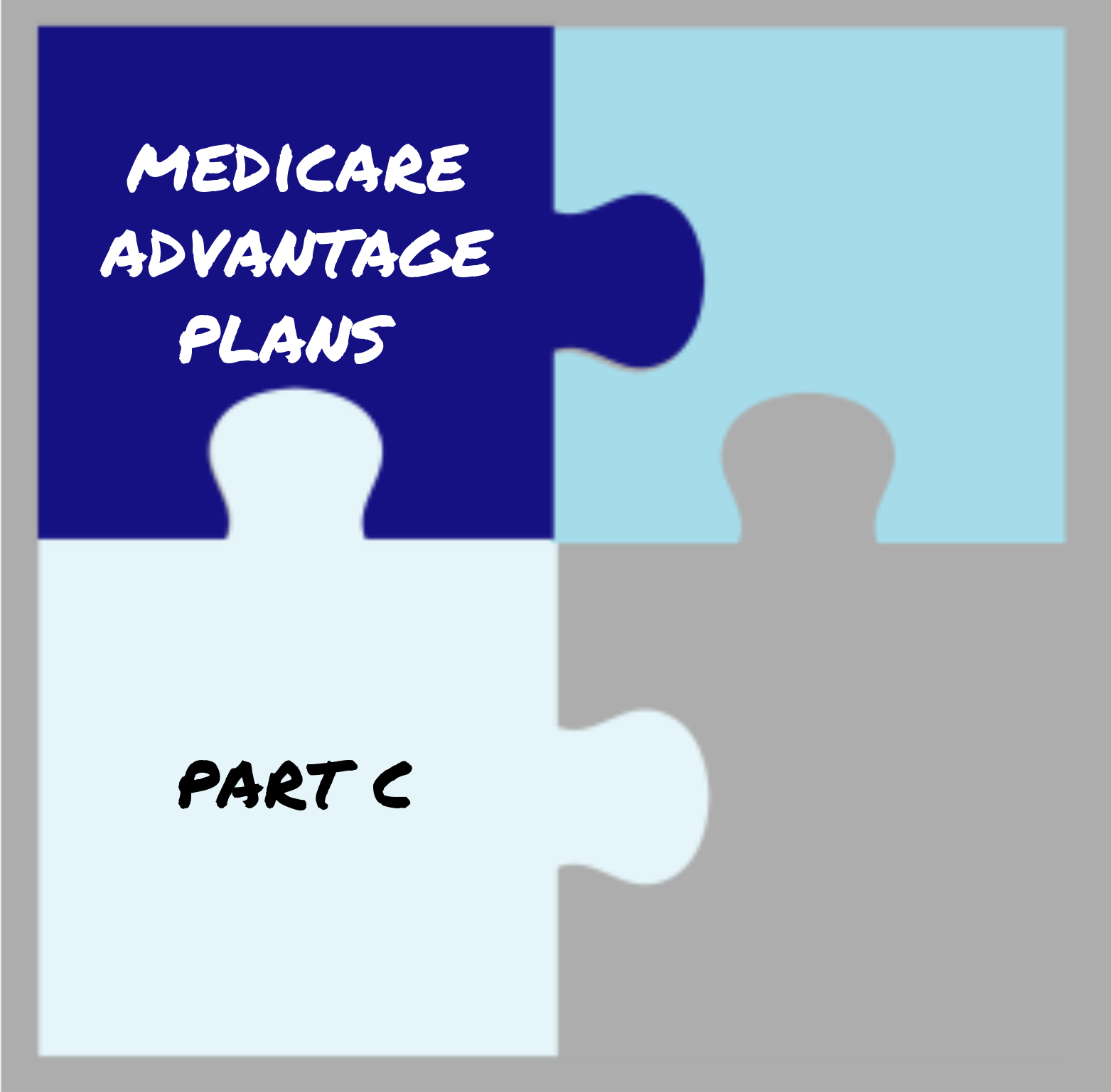New Functions, Gradients, and Hues in CSS Colors (Level 4)
Explore the latest advancements in CSS Colors with Level 4, featuring new functions, gradients, and hues that enhance web design. This update introduces innovative ways to define and manipulate colors, allowing for more vibrant and dynamic designs. Discover how these new capabilities can streamline your styling process and create visually striking web pages.

The evolution of CSS has been a remarkable journey, providing developers with increasingly powerful tools to create visually stunning web applications. With the introduction of CSS Color Level Four, web developers are now equipped with new functions, gradients, and hues that enhance the way colors are utilized in web design. This content will delve into the exciting features and capabilities of CSS Color Level Four, exploring how these advancements can significantly improve the design and aesthetics of websites.
Understanding CSS Color Level Four
CSS Color Level Four is an enhancement of the CSS Color Module, which specifies how colors are represented in CSS. This level introduces new functions, color spaces, and gradients that enable developers to create more dynamic and visually appealing designs. By expanding the color palette and providing advanced features, CSS Color Level Four aims to enhance the expressiveness and creativity of web design.
New Color Functions in CSS
One of the most significant additions in CSS Color Level Four is the introduction of new color functions that allow developers to manipulate colors more efficiently. These functions offer a more versatile approach to defining colors, making it easier to create vibrant and eye-catching designs.
Color Manipulation Functions
CSS Color Level Four includes functions such as color(), lab(), and oklab() that allow developers to manipulate colors in various color spaces. For instance, the color() function provides a way to define colors using different color models, including RGB, HSL, and LAB. This flexibility allows designers to choose the most suitable color model for their specific needs.
The lab() function defines colors in the CIELAB color space, which is known for its perceptual uniformity. This means that small changes in the LAB values correspond to similar changes in perceived color, making it easier to create harmonious color schemes.
The oklab() function, a newer addition, also represents colors in a perceptually uniform color space. It simplifies color manipulation by allowing developers to create gradients and transitions with greater ease. These functions provide designers with powerful tools for achieving precise color control in their projects.
Exploring Color Spaces
With the introduction of CSS Color Level Four, developers can work with a variety of color spaces that enhance their ability to create visually appealing designs. These color spaces include RGB, HSL, LAB, and OKLAB, each offering unique advantages.
RGB Color Space
The RGB color space represents colors as combinations of red, green, and blue values. It is widely used in digital design and provides a straightforward way to define colors. However, it may not always offer the best perceptual uniformity, leading to difficulties in achieving harmonious color transitions.
HSL Color Space
The HSL color space represents colors based on hue, saturation, and lightness. This model allows designers to manipulate colors more intuitively, making it easier to create visually appealing palettes. By adjusting the hue, saturation, or lightness, developers can achieve a wide range of colors with minimal effort.
LAB Color Space
The LAB color space is designed to be perceptually uniform, making it an excellent choice for color manipulation. With LAB, colors are represented in a way that closely aligns with human perception, allowing for more accurate color transitions and gradients. This model is particularly beneficial for designers who want to create smooth gradients that feel natural.
OKLAB Color Space
The OKLAB color space is a newer addition that also prioritizes perceptual uniformity. It provides even smoother color transitions and is designed to be more intuitive for developers. By using OKLAB, designers can achieve subtle changes in color without the jarring effects often seen with other color spaces.
Creating Gradients with CSS Color Level Four
Gradients play a vital role in modern web design, adding depth and dimension to backgrounds and elements. CSS Color Level Four introduces new gradient capabilities that enhance the way gradients are defined and manipulated.
Linear Gradients
Linear gradients allow developers to create smooth transitions between two or more colors along a straight line. The linear-gradient() function provides a simple syntax for defining these gradients, enabling designers to specify the direction and colors with ease. The addition of color functions, such as color(), allows for more flexibility in defining the colors used in the gradient.
Radial Gradients
Radial gradients create circular color transitions, radiating from a central point. The radial-gradient() function allows designers to specify the shape, size, and position of the gradient, providing an excellent way to add visual interest to elements. With the new color functions, developers can easily define colors in various color spaces, creating unique and vibrant radial gradients.
Conic Gradients
Conic gradients are a new addition to CSS Color Level Four that allows for color transitions in a circular pattern. The conic-gradient() function enables designers to create eye-catching effects that can enhance the visual appeal of their websites. By combining conic gradients with the new color manipulation functions, developers can create dynamic and engaging designs that stand out.
Practical Applications of New CSS Color Features
The new features in CSS Color Level Four open up a world of possibilities for web designers and developers. By utilizing the advanced color functions and gradient capabilities, they can create stunning visuals that elevate the user experience.
Enhanced User Interfaces
By incorporating the new color functions, designers can create user interfaces that are not only aesthetically pleasing but also accessible. The ability to manipulate colors in perceptually uniform color spaces allows developers to ensure that text remains legible against background colors, enhancing the overall usability of the interface.
Dynamic Backgrounds and Elements
The gradient capabilities introduced in CSS Color Level Four enable designers to create dynamic backgrounds that captivate users. By using linear, radial, and conic gradients, developers can craft immersive experiences that draw users into the content. This is particularly effective for hero sections, buttons, and other prominent elements on a webpage.
Branding and Identity
Color plays a crucial role in branding and identity. With the new color functions and gradients, designers can ensure that brand colors are accurately represented across various devices and screens. The perceptually uniform color spaces enable developers to create consistent color palettes that resonate with users and reinforce brand identity.
Best Practices for Using CSS Color Level Four
While the new features in CSS Color Level Four offer exciting possibilities, it is essential to adhere to best practices to ensure optimal results.
Maintain Accessibility Standards
When working with colors, it is crucial to consider accessibility. Designers should ensure that there is sufficient contrast between text and background colors, making content legible for all users. Utilizing tools to test color contrast can help maintain accessibility standards.
Test Across Devices
Colors can appear differently across various devices and screens. Developers should thoroughly test their designs on multiple devices to ensure that colors remain consistent and visually appealing. This is especially important for gradients, as subtle variations can impact the overall look of a design.
Keep Performance in Mind
While the new features in CSS Color Level Four are powerful, it is essential to consider performance implications. Overusing complex gradients and color functions can lead to rendering issues on lower-end devices. Developers should strike a balance between visual appeal and performance to create a smooth user experience.
Future of CSS Colors
As web design continues to evolve, the future of CSS colors looks promising. The advancements introduced in CSS Color Level Four are just the beginning. Developers can expect further enhancements and new features that will make color manipulation even more accessible and powerful.
CSS Color Level Four has revolutionized the way colors are utilized in web design. With new functions, gradients, and hues, developers are equipped with powerful tools to create stunning and dynamic designs. By understanding the capabilities of CSS Color Level Four, designers can enhance user experiences and elevate the aesthetics of their websites. As the web continues to evolve, embracing these new features will be crucial for staying ahead in the ever-changing landscape of web design.
FAQs
What are the key features of CSS Color Level Four?
CSS Color Level Four introduces new color functions, advanced color spaces, and enhanced gradient capabilities, allowing for greater flexibility and creativity in web design.
How can I ensure my designs remain accessible when using new color features?
To maintain accessibility, ensure sufficient contrast between text and background colors and utilize tools to test color contrast across various devices.
What is the difference between the LAB and OKLAB color spaces?
Both LAB and OKLAB are designed for perceptual uniformity, but OKLAB is a newer model that offers improved performance and more intuitive color manipulation.
How do I create a radial gradient in CSS?
Use the radial-gradient() function to define a radial gradient, specifying the shape, size, and position of the gradient, along with the colors you want to include.
What should I consider when testing my color designs across devices?
Check for color consistency and legibility on various devices, as colors can appear differently depending on screen settings and technologies.
Get in Touch
Website – https://www.webinfomatrix.com
Mobile - +91 9212306116
Whatsapp – https://call.whatsapp.com/voice/9rqVJyqSNMhpdFkKPZGYKj
Skype – shalabh.mishra
Telegram – shalabhmishra
Email - info@webinfomatrix.com
What's Your Reaction?




















